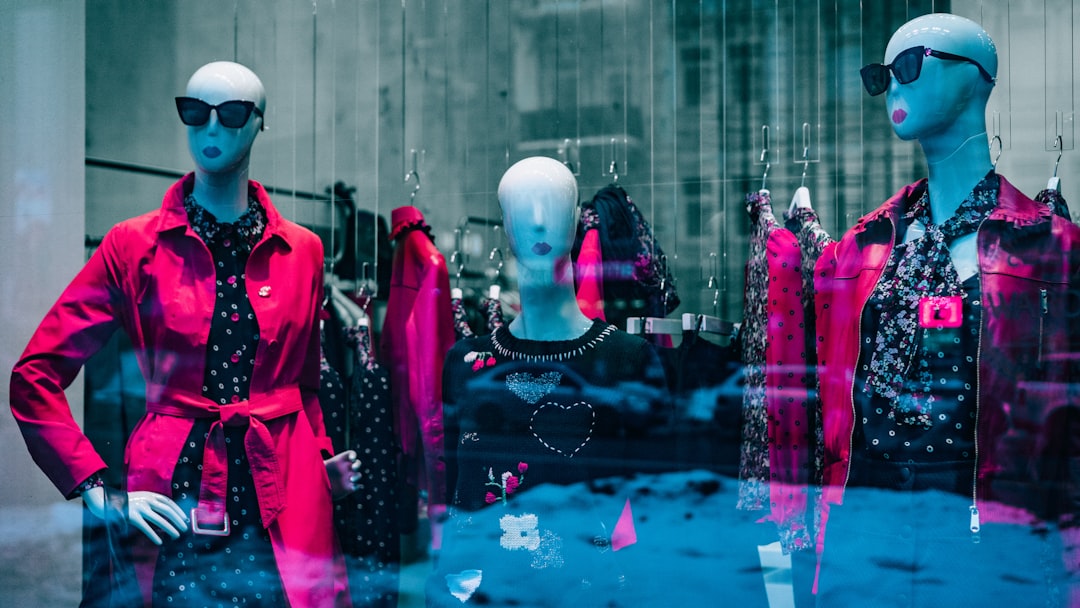“`html
The Virtual Runway: Fashion’s Digital Revolution by 2025
Forget physical stores and traditional runway shows. By 2025, the fashion industry is poised for a radical digital makeover. We’re talking about more than just online shopping; we’re diving headfirst into virtual clothes, AI-powered design, and entirely new ways to express ourselves through style. This isn’t just a trend; it’s a fundamental shift in how we create, consume, and interact with fashion.
Why the Digital Shift? Addressing Key Challenges
The traditional fashion industry faces a mountain of challenges: waste, unsustainable practices, and a lack of personalization. The digital revolution offers solutions to these problems:
- Sustainability: Virtual clothing eliminates the need for physical production, reducing waste and the environmental impact associated with manufacturing.
- Personalization: AI algorithms can analyze your style preferences, body type, and even your social media activity to suggest perfectly tailored outfits.
- Accessibility: Digital fashion democratizes access to style, allowing anyone to experiment with different looks without breaking the bank. Want to try a daring new style? A virtual trial is far more accessible than buying an expensive, potentially unworn, garment.
- Innovation: The digital realm unlocks creativity unbound by the limitations of physical materials and traditional design processes.
Impact on Designers and Brands
The shift to digital fashion will dramatically alter the roles of designers and brands. They’ll need to embrace new skills and technologies to stay relevant:
- Digital Design Skills: Designers will need to master 3D modeling, animation, and virtual textile creation. The skillsets are evolving, demanding adaptability.
- Direct-to-Avatar Marketing: Brands will need to engage directly with consumers in virtual worlds, offering exclusive digital collections and experiences.
- AI-Powered Design Tools: AI will become an indispensable tool for designers, helping them generate new ideas, optimize patterns, and personalize garments. Imagine AI algorithms that can predict upcoming trends based on vast datasets of social media activity and fashion publications.
- Collaboration with Tech Companies: Partnerships with tech firms specializing in AR/VR and AI will be crucial for brands to effectively navigate the digital landscape.
The Rise of Virtual Influencers and Avatars
Influencers are already a powerful force in fashion. In the digital age, expect to see the rise of virtual influencers and avatars who showcase digital fashion and inspire new trends. These digital personalities can reach a global audience, unburdened by the limitations of time and space. Consider the potential for entirely new aesthetics created specifically for the virtual world, influencing both digital and physical fashion trends.
How We’ll Consume Fashion in 2025
Forget crowded shopping malls. By 2025, expect to see these trends shaping how we buy and experience fashion:
- Virtual Try-On: Augmented reality (AR) will allow you to “try on” clothes virtually before buying them online. See how that dress looks on you without ever leaving your home.
- Personalized Recommendations: AI-powered styling apps will curate outfits based on your individual preferences and needs. No more endless scrolling through online stores.
- Digital Wardrobes: Manage your entire wardrobe digitally, mixing and matching virtual and physical garments to create unique looks.
- Metaverse Fashion Shows: Attend exclusive fashion shows in virtual worlds, interacting with designers and other fashion enthusiasts in real-time. Imagine experiencing a runway show from the front row, regardless of your physical location.
- Subscription Services for Digital Clothing: Rent virtual outfits for special occasions, expanding your wardrobe without contributing to textile waste.
The Challenge of Digital Ownership and Authentication
With the rise of digital fashion, questions about ownership and authenticity become paramount. How do you prove you own a virtual garment? How do you prevent counterfeiting in the digital realm? Blockchain technology and NFTs (Non-Fungible Tokens) offer potential solutions.
NFTs can be used to represent ownership of unique digital assets, including virtual clothing. This allows designers to create limited-edition digital garments that can be bought, sold, and traded on blockchain marketplaces. This creates a new economy around digital fashion, empowering designers and collectors alike. The BBC has a great explainer on NFTs.
Sustainability Beyond Virtual Garments
While virtual fashion offers a powerful solution to waste, sustainability in the physical realm will still be vital. The digital revolution can also play a role here:
- AI-Powered Supply Chains: AI can optimize supply chains, reducing waste and improving efficiency in the production process.
- Data-Driven Demand Forecasting: Predicting demand more accurately can minimize overproduction and reduce the need for markdowns.
- Recycling and Upcycling Technologies: AI can assist in sorting and processing textile waste, enabling more effective recycling and upcycling initiatives. Reuters reports on AI playing a major part in recycling.
Future Outlook: Beyond 2025
The digital transformation of the fashion industry is just beginning. In the years to come, expect to see even more innovative applications of technology:
- AI-Generated Fashion: AI algorithms will be capable of designing entire collections with minimal human input.
- Personalized Fabrics: Imagine fabrics that can change color or texture based on your mood or preferences, controlled by your smartphone.
- Fashion as Entertainment: Interactive fashion experiences will blur the lines between clothing, gaming, and social media.
- The Democratization of Fashion Creation: Tools will emerge to enable anyone, regardless of technical expertise, to design and create their own digital fashion.
The fashion industry in 2025 will be unrecognisable to someone from even a few years prior. It’s an exciting, and potentially disruptive, future for fashion and self-expression. Staying informed and adaptable will be key for both brands and consumers.
The Vogue website provides in-depth coverage of emerging fashion trends and technological advancements. Click here to visit Vogue.com.
“`

